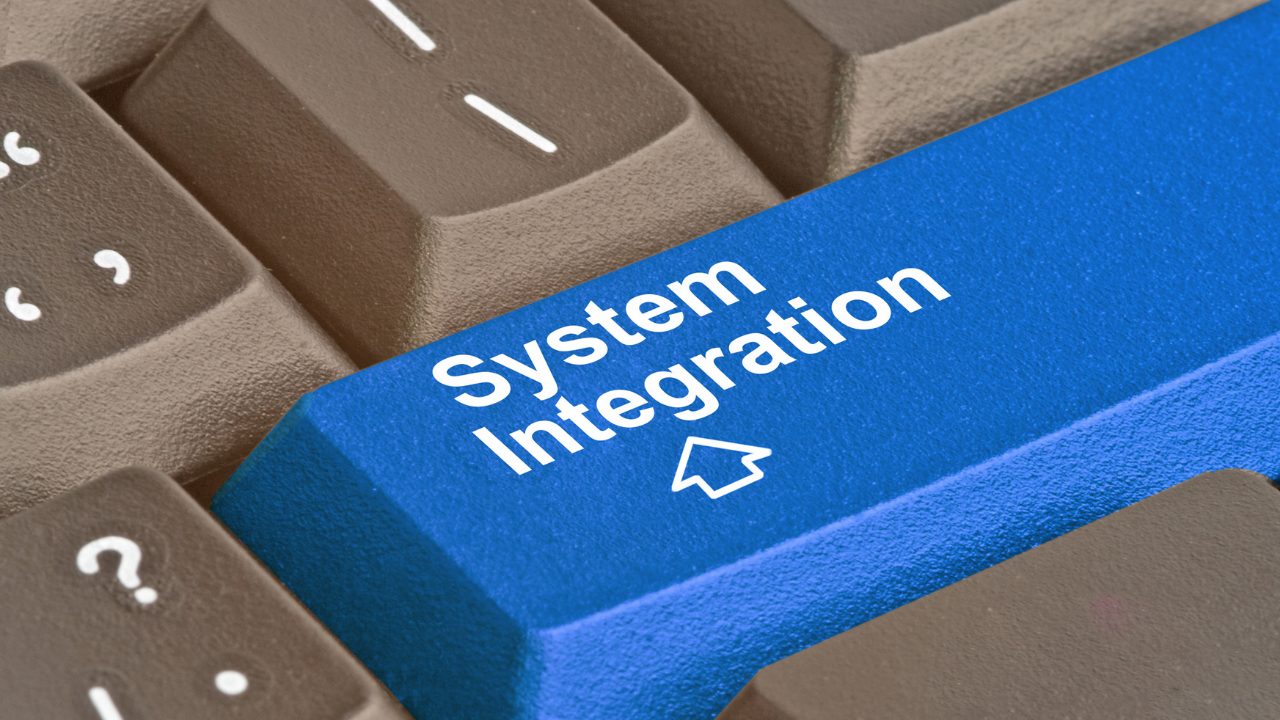Achieving complete and optimal systems integration is a challenge that many IT managers often face in their companies. Focusing the performance of skills towards the achievement of common objectives with business impact is a challenge that, when not achieved, generates both a dangerous lack of alignment with the company’s objectives and the demotivation of the team of developers. In this article we will learn how it is possible to overcome the main problems of systems integration.
Importance of System Integration
Systems integration is a critical process for companies that need different technologies, software and systems to work together to achieve specific business objectives.
Systems integration is important for companies for the following reasons:
- Increased efficiency: systems integration can help automate manual processes, which in turn can increase efficiency and productivity. In addition, it can free employees from manual and repetitive tasks, allowing them to focus on higher-value tasks.
- Improves decision making: integrated systems provide accurate and timely data, enabling companies to make informed decisions.
- Improves customer experience: integrated systems can provide a seamless customer experience at different touch points, improving customer satisfaction and loyalty.
- Supports innovation: integrated systems can enable companies to innovate and introduce new products and services quickly.
Key challenges and issues in systems integration
Despite the advantages it offers for many organizations, ensuring the proper organizational integration of a set of services that are written in different languages or technologies by the IT service can present difficulties. There are also challenges in ensuring data accessibility and availability, cybersecurity, cost reduction or obtaining scalable, flexible and strong internal networks.
Specifically, the following issues and challenges are often encountered for systems integration:
- Different perspectives from different business departments. Each team has its own set of responsibilities and may be using different applications or systems to do so. A systems integration model must seek to obtain a data management and access model that is useful for everyone, satisfying all needs. The team responsible for integrating the systems not only needs to respond to the demands of the business itself, but must go further and design an integration with a standardized view of the data within the company.
- Monolithic systems. Many companies have monolithic architecture systems, running on legacy and interlocking systems, which cannot be replaced so easily.
- Choosing the right tool. Getting this decision right makes a huge difference in terms of speed of integration, functionality and cost. The tool chosen must allow seamless integration between on-premise and cloud-based applications.
- Scalability and maintainability. Systems integration must not only look to the present, but also to the future; it is not enough to meet today’s functional requirements, but must be prepared to meet future requirements for performance, maintainability, reusability and scalability.
- Data incompatibility: different systems may use different data formats and standards, making it difficult to transfer data between them.
How to overcome system integration problems in your company? Steps to follow
How to overcome system integration problems in your company? Steps to follow
To overcome systems integration problems in a company, it is important to follow a series of steps that include:
1- Identify the systems that need to be integrated.
It is important to identify the systems that need to be integrated to ensure that the integration objectives are achieved.
2- Select compatible integration solutions
There are different integration solutions available, such as point-to-point integration, middleware and API-based integration. Choose the one that best suits your integration objectives and the systems involved, this will ensure that the integration runs smoothly and without disruption.
3- Work with system integration experts
It is important to work with systems integration experts to plan and execute the integration process effectively. These experts can provide customized solutions and reduce the risk of errors.
4- Ensure security and privacy
Security and privacy are crucial aspects of any systems integration process. It is important to ensure that data is protected at all times and that privacy requirements are met.
5- Proper planning and budgeting
Proper planning and budgeting is important to avoid unnecessary costs and ensure the success of the project. This includes identifying and assessing the costs of the integration, as well as the resources and time required to carry out the integration.
6- Communicate the benefits of systems integration to employees.
Communication is key to the success of any systems integration process. It is important to communicate the benefits of integration to employees and provide training and support to help them adapt to the new systems and processes.
7- Monitor and optimize
After implementing the integrated system, monitor its performance regularly and optimize it as needed. This will ensure that it continues to meet your business needs.
By following these steps, it is possible to overcome system integration problems in a company and achieve proper integration that improves efficiency and productivity.
Examples of companies with system integration problems and how they solved them
As a systems integration service provider, we have worked with several companies that have faced integration issues. Here are some examples of Chakray clients who have successfully resolved their integration issues:
- Company A: A manufacturing company that was using separate enterprise resource planning (ERP) and customer relationship management (CRM) systems. The company wanted to integrate the two systems to improve efficiency and effectiveness. We worked closely with the company to identify integration needs and determine compatibility requirements. After a thorough analysis, we designed and implemented a customized integration solution that enabled the company to automatically transfer data between the two systems. As a result, the company was able to improve efficiency and reduce data transfer errors.
- Company B: a financial services company that had multiple independent information systems that were used to manage different aspects of the business. The company wanted to integrate the systems to get a complete and accurate view of its overall performance. We worked closely with the company to determine the integration requirements and develop a customized solution. During the integration process, data synchronization issues arose that affected the accuracy of the reports. We worked with the company to resolve these issues and ensure a successful integration. As a result, the company was able to gain a complete and accurate view of its business and improve its ability to make informed decisions.
- Company C: An e-commerce company that had a separate e-commerce platform and a separate inventory management system. The company wanted to integrate the two systems to optimize its processes and improve the customer experience. We worked with the company to evaluate the existing systems and determine integration requirements. We found that the systems were not compatible and that integration would require a significant investment in additional technology. As a result, we recommended that the company adopt an integrated e-commerce and inventory management solution. We helped the company select the right solution and successfully implement it. As a result, the company was able to optimize its processes and improve the customer experience.
Do you feel identified with any of these problems? Contact us!
Conclusion
Systems integration can be a complex process, but it is critical to improving efficiency, decision making and customer experience in enterprises. By addressing the key systems integration challenges and following the recommended steps, your company can overcome systems integration issues and reap the benefits that proper systems integration offers.
Need help with your systems integration? Need more information about the process? Contact us for more information.
Talk to our experts!

Need help defining and implementing your integration strategy for your company?





